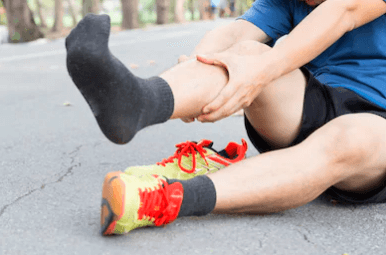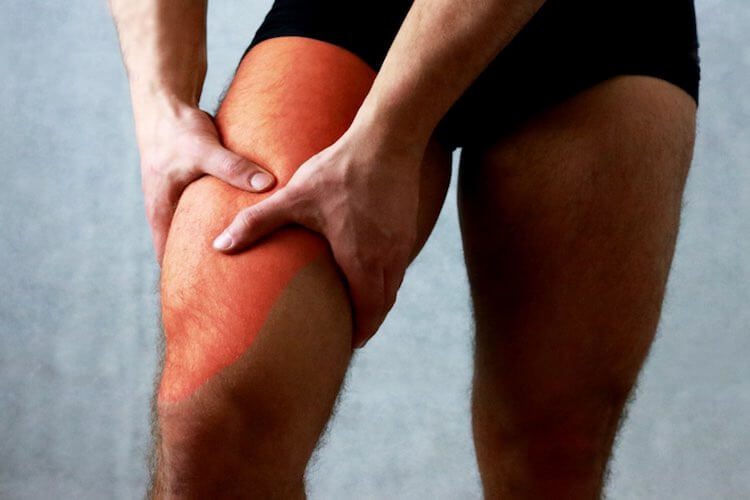Table of Contents
ToggleConditioning for the snow season
Maybe you think you are in good shape. You jog once in a while or swim 3 times a week. This does not mean you are in shape for skiing. Because of the high altitude, above average aerobic conditioning is necessary. Skiing and snowboarding both demand a lot from the muscles in the quads and lower back, and from the knees. Skiers and snowboarders often require specific conditioning and workout routines to not only perform better and prevent fatigue, but to help reduce the risk of injury on the slopes.A good conditioning program should start long before the snow season starts, and involve Strength, power, flexibility, endurance and agility drills. Most skiers return to the slopes after months away.If you are planning a trip to the slopes here are some tips for a conditioning program to help prevent injury.
Tips to get fit to ski and snowboard
1. Endurance
With the price of lift tickets, and shortness of breaks we tend to like to stay on the slopes as long as possible, this means we need to be able to sustain good form and technique over prolonged periods of time. For cardiovascular endurance good preparation exercises include:• road, mountain or stationary biking
• aerobic stepping classes – as they focus on the leg muscles required for skiing
• make sure you are mixing in sprints, climbs and low intensity intervals.
2. Strength
The main muscles required for strong boarding /skiing are the quadriceps, gluteals and core. Good strength exercises include squats, lunges, and mountain climbers.
3. Flexibility
As a result of strength training, we develop some muscle tightness; therefore a stretching component will need to be added. A flexible supple body allows us to make quick adjustments, and develop strength through full range. Stretching should focus on the lower limb muscles such as the gluteal, quadriceps, hamstrings, ITB, hip flexors and calf.

4. Agility
Agility in general is the ability to make quick changes. For example if an unexpected object appears in your path your ability to quickly change direction and avoid collision. It requires a combination of strength, balance, coordination, endurance and quick reflexes.
Balance training can involve:
• the addition of unstable surfaces e.g. wobble boards, slider boards
• single leg work, whole body movements e.g. coordinating leg, arm and trunk movements.
5. Power
Power is the combination of strength, speed, and agility. Plyometric training is often the best way to develop power. An example of plyometric training would be repetitive squat jumps off a box.
Get fit to ski & snowboard this winter
If you would like one of our therapists to put together a comprehensive program for your needs, feel free to visit us in the clinic. Book your appointment online today for Sydney ski fitness.



